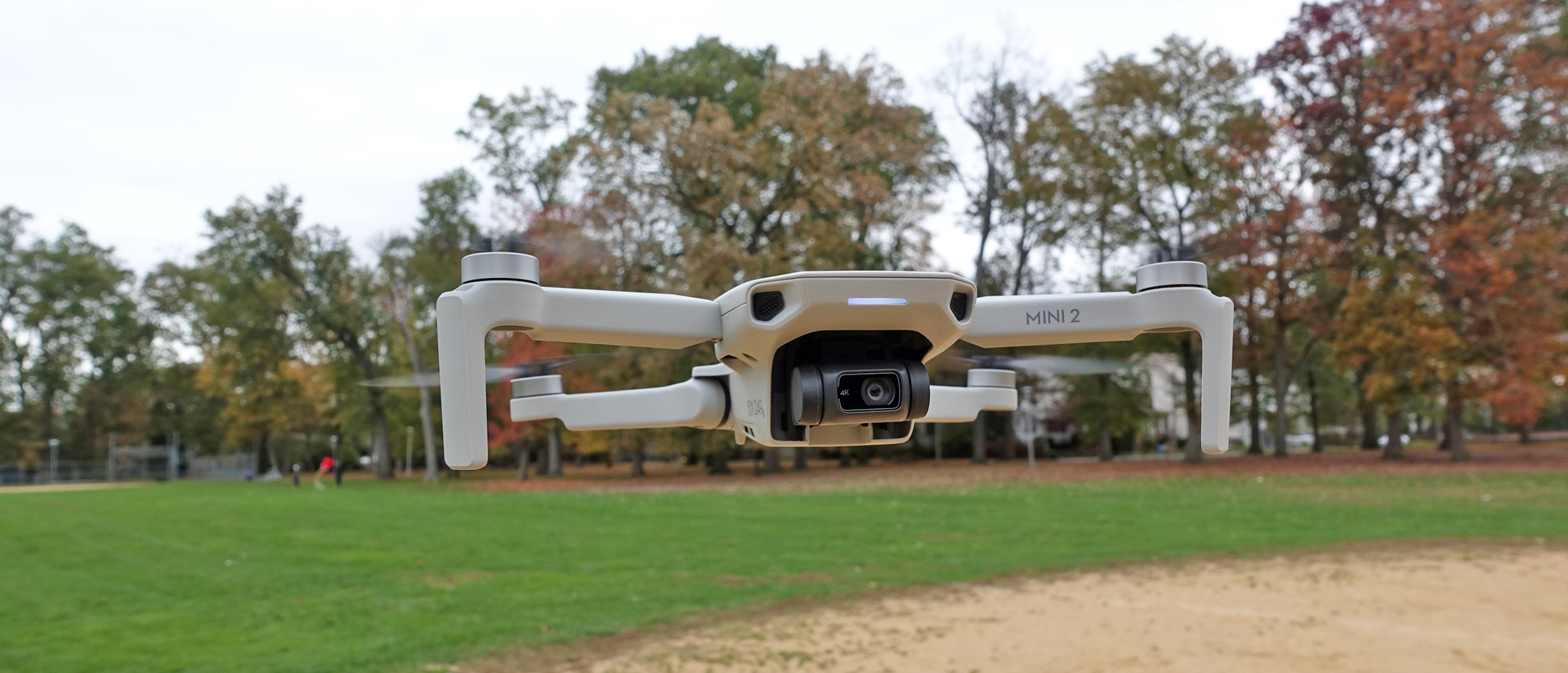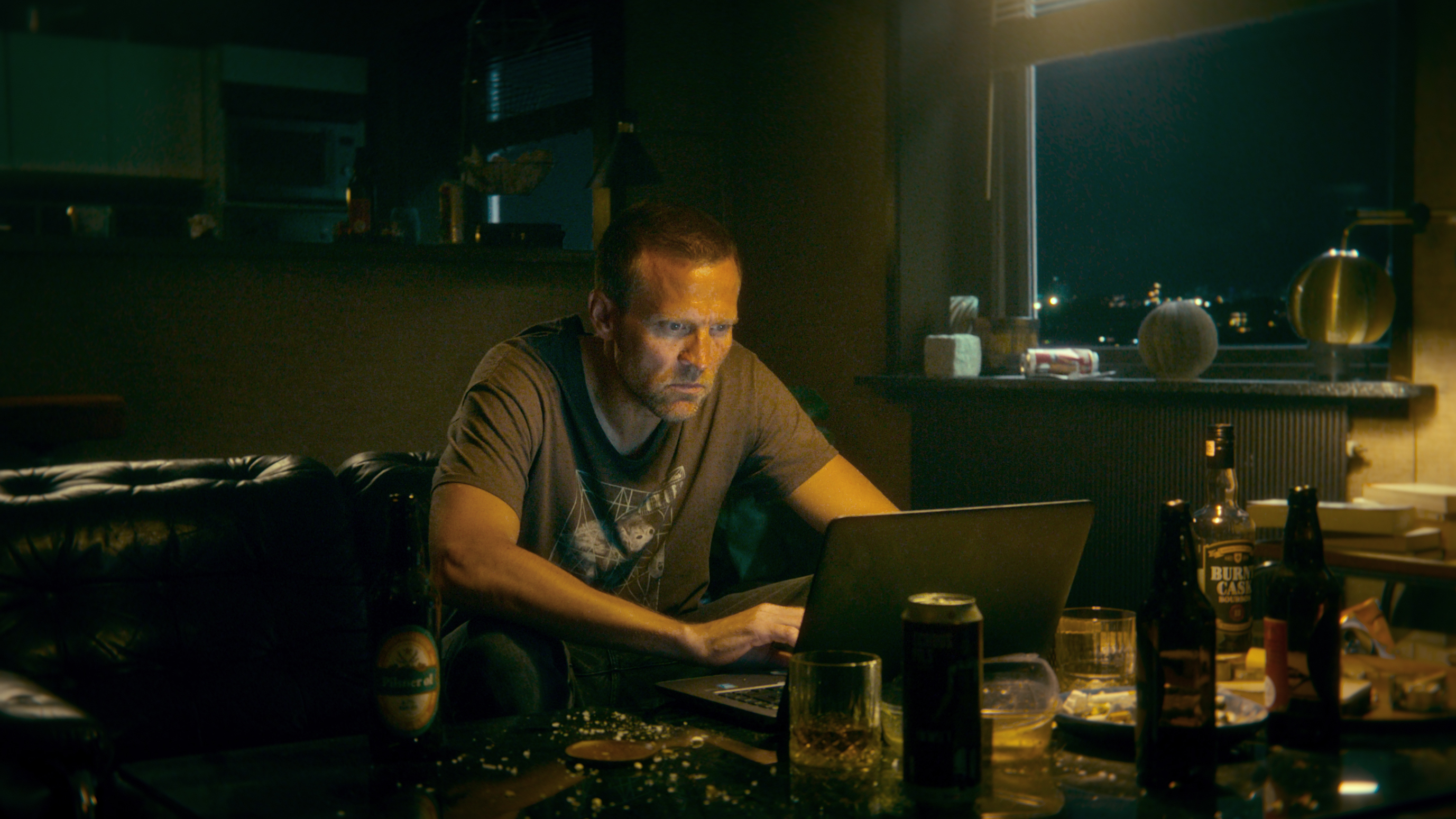Tom's Guide Verdict
Get the DJI Mini 2 if you’re looking for the best drone under $500.
Pros
- +
Easy to fly
- +
Long flight time
- +
4K video
Cons
- -
Limited motion tracking
Why you can trust Tom's Guide
Size (folded): 5.5 x 3.2 x 2.2 inches
Size (unfolded): 7.9 x 6.3 x 2.2 inches
Weight: 249 grams (8.8 ounces)
Camera: 12MP, 1/2.3"
Video resolution: 4K/30 fps
Flight time: 31 minutes
Stockings, get ready to be stuffed. Just in time for the holidays, DJI has rolled out the Mini 2, the second generation of its least expensive drone, and one certain to tickle the flights of fancy of many an aspiring pilot.
The differences between the $450 DJI Mini 2 and its predecessor, the Mavic Mini, aren’t radical. But then again, DJI could have left the Mini the same, and it would still have been a top pick.
While the Mini 2 looks identical to the Mini, it has a better camera, which lets you capture 4K video. It also has a 6-mile range. Most importantly, though, the Mini 2 is just as easy to fly as before, and this Mini 2 review will show how that makes it the best drone for most everyone.
DJI Mini 2 review: Price and availability
The Mini 2 is available starting today (Nov. 4). It’s being sold in two configurations: The Standard version ($450) comes with the drone, controller, and a single battery. The Fly More combo ($599) includes everything in the standard version as well as two extra batteries, a battery charger and a carrying case.
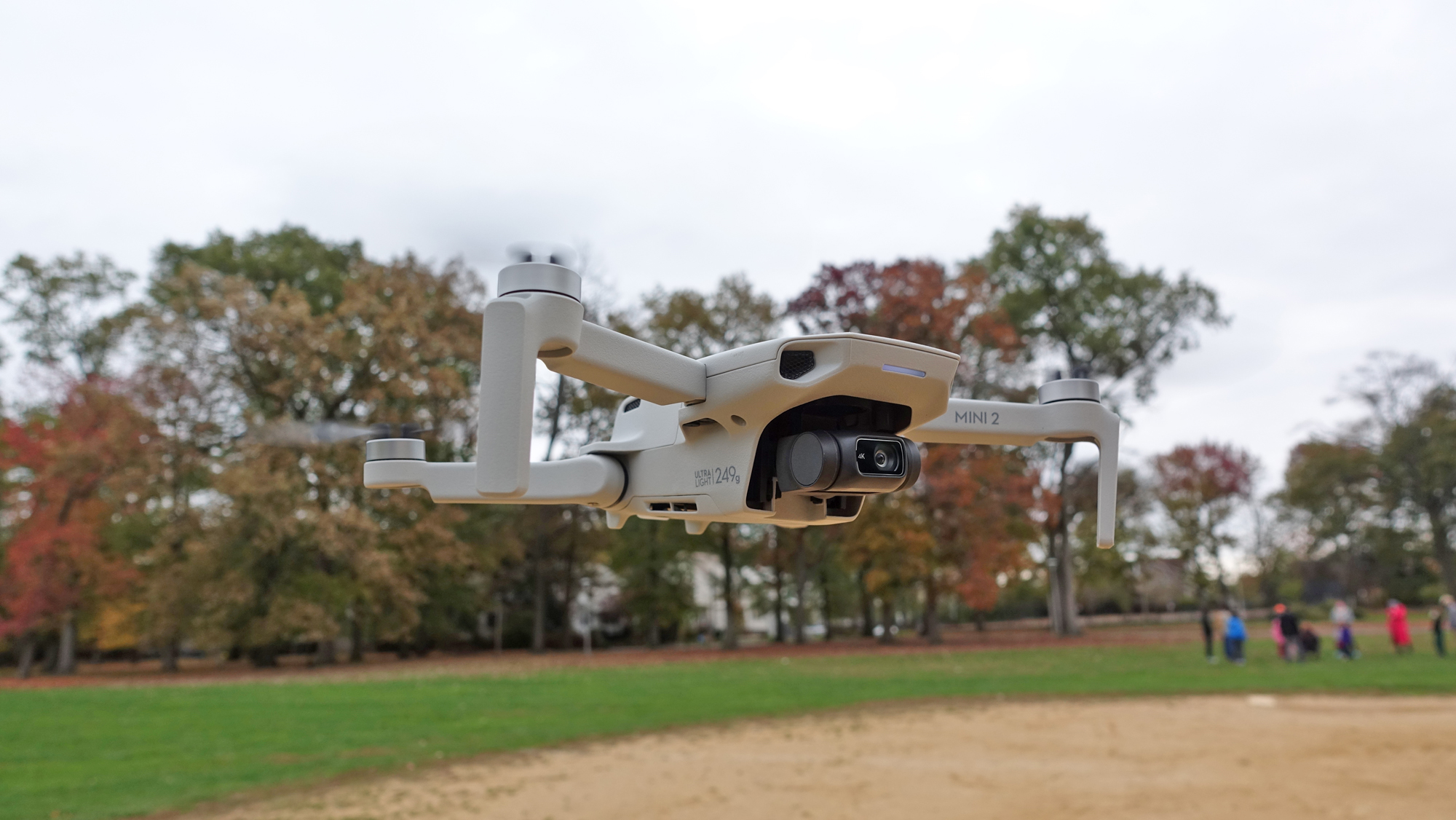
DJI Mini 2 review: Design
Outwardly, the DJI Mini 2 looks identical to its predecessor (the Mavic Mini), which is a good thing. This drone is wonderfully small and light. In fact, at just 249 grams, it’s light enough so that you don’t have to register it with the FAA. it’s so light, it feels almost toylike.
The Mini 2 sports the same folding-arm design that DJI popularized and many other drone makers have since copied. Folded, the Mini 2 is about the size of a can of soda, which makes it ridiculously easy to stuff in a backpack. I like that DJI now includes a strap that wraps around the drone and secures the propeller blades, so they don’t accidentally snap off while in your bag.

The biggest difference physically between the two is the controller. The Mavic Mini has a much smaller controller with folding arms that hold your phone below; the Mini 2’s controller is at least twice the size, and has an extending arm on the top to hold your smartphone. While there’s something to be said for the smaller size of the original controller, the newer one—the same as the one that comes with the Mavic Air 2—makes it easier to see your phone.
Get instant access to breaking news, the hottest reviews, great deals and helpful tips.
DJI Mini 2 review: Performance
The Mini 2 proved just as nimble, stable, and easy to fly as every other drone from DJI that I’ve flown. The Mini 2 took off and hovered in the air, remaining as motionless as if it were still on the ground.
DJI upgraded the motors in the Mini 2, so in addition to getting an additional minute of flight time (up to 31 minutes), it can also be flown in winds up to 24 mph, a boost from the 17.9 mph limit of the older model.
Apart from its larger size compared to the controller that came with the Mavic Mini, the Mini 2’s controller communicates with the drone using DJI’s Occusync 2.0 transmission technology, rather than Wi-Fi. This more than doubles the maximum effective range of the Mini 2 from 2.4 miles to 6.1 miles. Given that you should always keep your drone in sight, this range is more theoretical than anything.
DJI Mini 2: Photo and video quality
While the DJI Mini 2 has a similar-sized sensor as its predecessor (1/2.3”), it’s been improved so you can now shoot video at resolutions up to 4K/30 fps. (The first-generation Mavic Mini maxed out at 2.7k). This also enables a few other tricks.
For example, when shooting video at 1080p, you now have 2x and 4x digital zoom, which turned out to be a good, not great feature. You can’t incrementally increase zoom—it jumps right from 1x to 2x to 4x—and at the max, you lose a lot of definition. Still, from my vantage point, I could get a much better look at the top of the Verrazano Bridge and the skyscrapers of Manhattan, which were about 14 miles away.
I was impressed by the quality of the videos and photos I took with the Mini 2. From the pinks of people’s coats to the reds of falling leaves to the green grass, colors were vivid and saturated. Video was sharp with no artifacting, and the Mini 2’s gimbals were so steady that there were no jitters as I panned and moved the drone around.
Still photos were also crisp and colorful, from a panoramic view of Manhattan to closeups of a bright red tree and a curious squirrel.


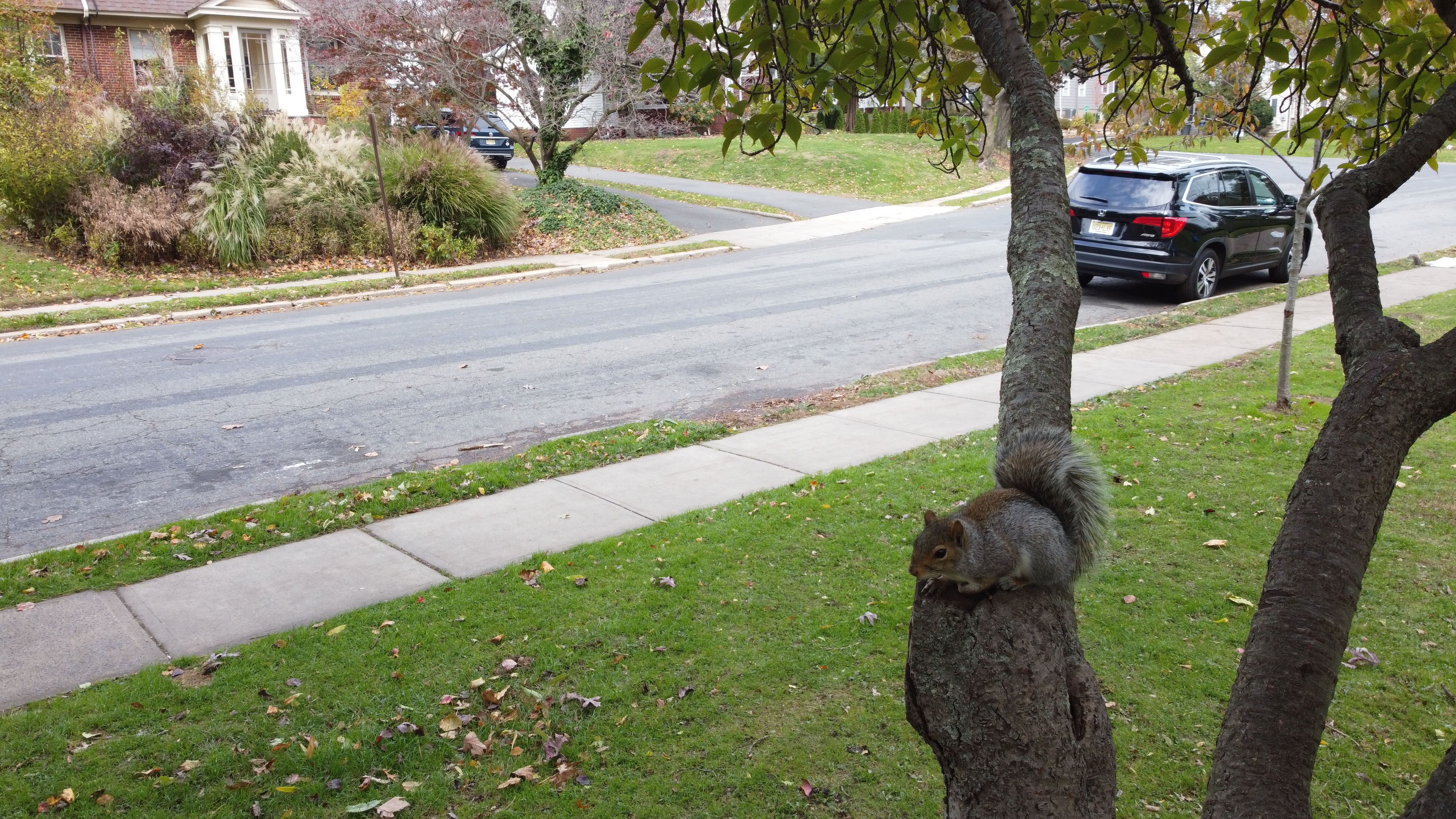
New to the Mini 2 is the ability to take photos in JPG and RAW, which will no doubt appeal to enthusiast photographers. Auto Exposure Bracketing will tell the Mini 2 to take three photos at different exposures, to get the best possible picture. Another new photographic feature is a Wide Panorama mode, in which the drone will take nine pictures and stitch them together to create a not-quite 180-degree image.
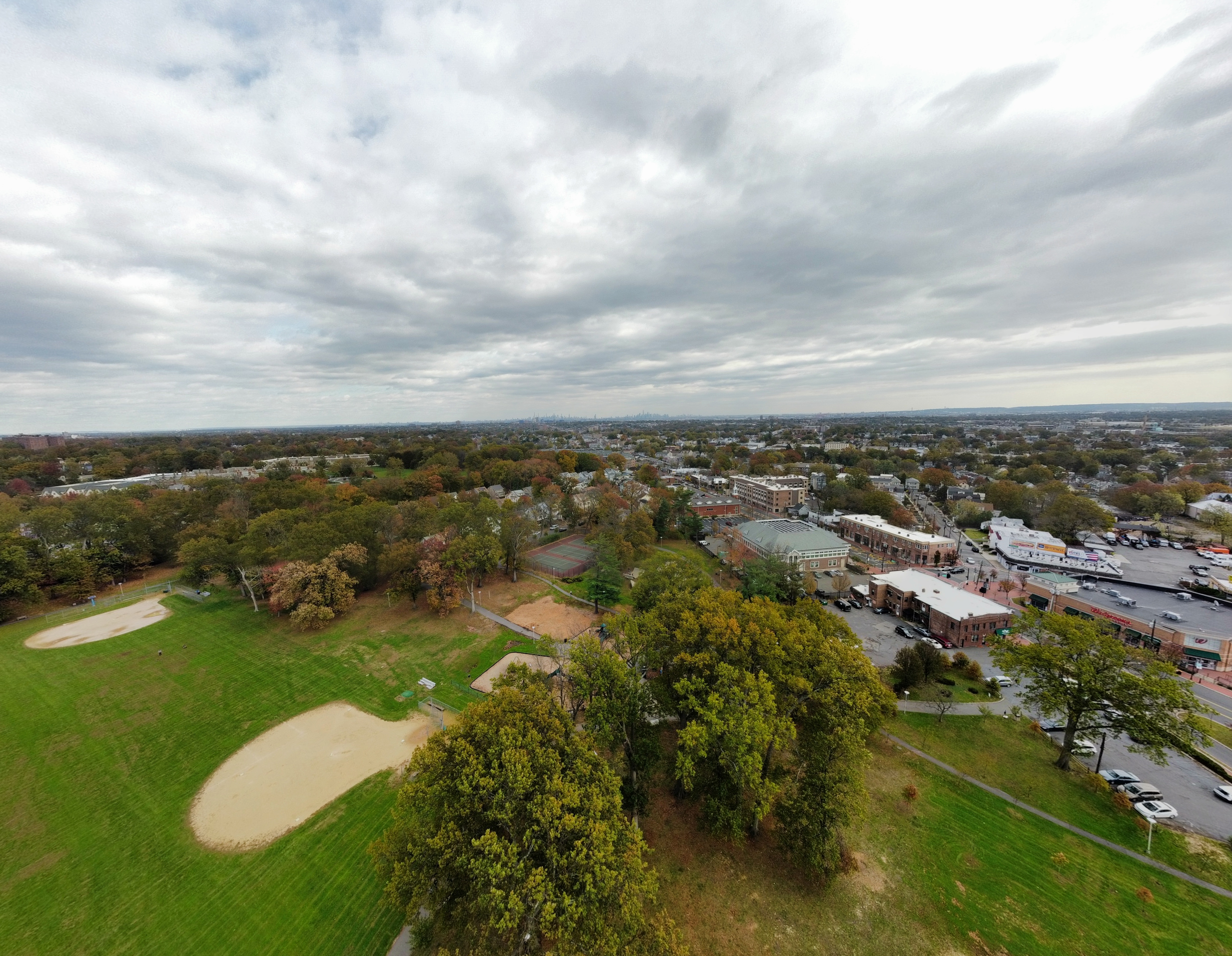
There are a few key differences between the Mini 2 and the pricier and larger Mavic Air 2 (which starts at $799). For starters, the Mavic Air 2 can record video at 4K/60 fps, 240fps slo-mo video can take 48MP still images. The Mavic Air 2 also has more advanced motion tracking capabilities. For instance, with the Mini 2, you can only track a person in one of the preset Quickshot modes. Moreover, the Air 2 can remain locked on a person even if they temporarily disappear from view.
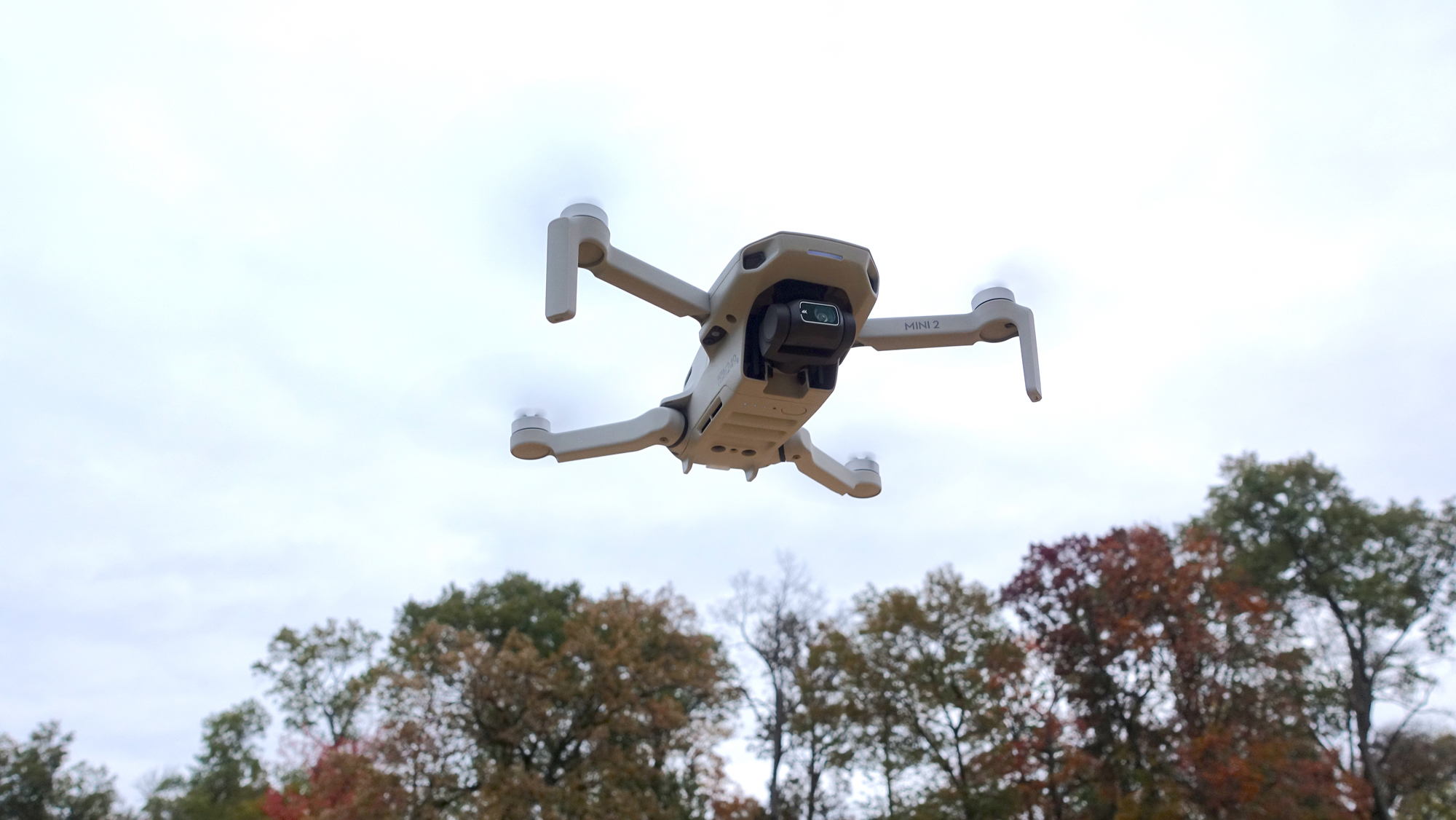
DJI Mini 2 review: Verdict
DJI could have probably left the Mavic Mini untouched for the next five years and it would still be one of the best drones around. As this Mini 2 review has shown, its improvements are incremental, but the foundation on which it’s built is as solid as ever. It’s compact, easy to fly, and takes fantastic videos and photos. Those looking for more advanced tracking and camera features should check out the Mavic Air 2, though.
While the Mini 2 costs about $50 more than its predecessor, it still remains the best drone for most people. You’ll want to pick up an extra battery or two, because you won’t want to stop flying.

Michael A. Prospero is the U.S. Editor-in-Chief for Tom’s Guide. He oversees all evergreen content and oversees the Homes, Smart Home, and Fitness/Wearables categories for the site. In his spare time, he also tests out the latest drones, electric scooters, and smart home gadgets, such as video doorbells. Before his tenure at Tom's Guide, he was the Reviews Editor for Laptop Magazine, a reporter at Fast Company, the Times of Trenton, and, many eons back, an intern at George magazine. He received his undergraduate degree from Boston College, where he worked on the campus newspaper The Heights, and then attended the Columbia University school of Journalism. When he’s not testing out the latest running watch, electric scooter, or skiing or training for a marathon, he’s probably using the latest sous vide machine, smoker, or pizza oven, to the delight — or chagrin — of his family.
